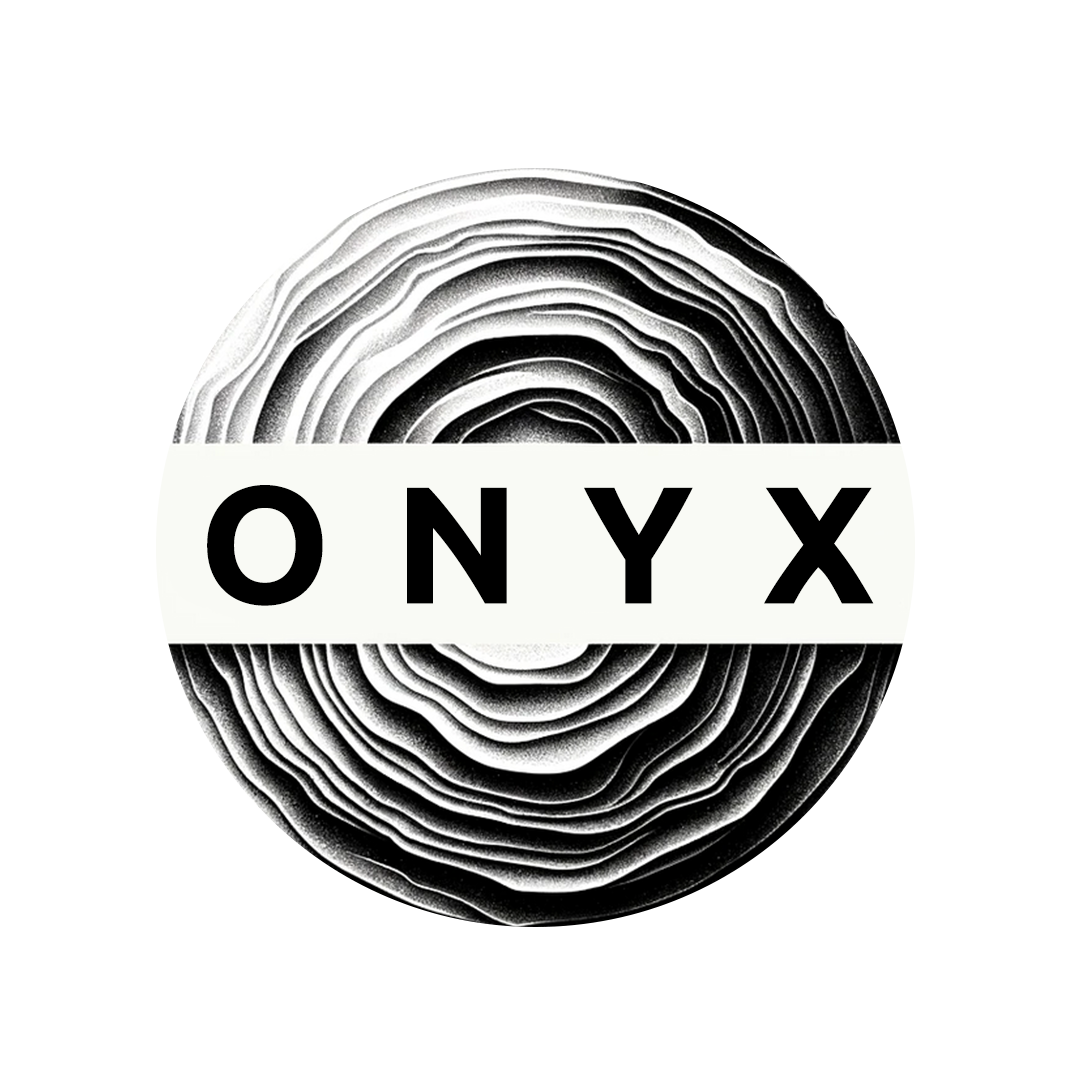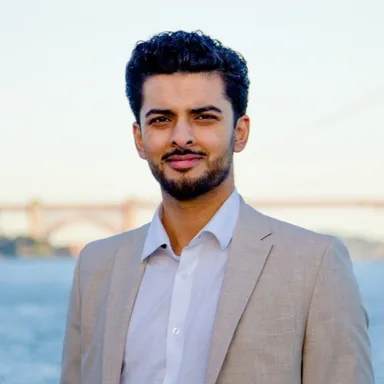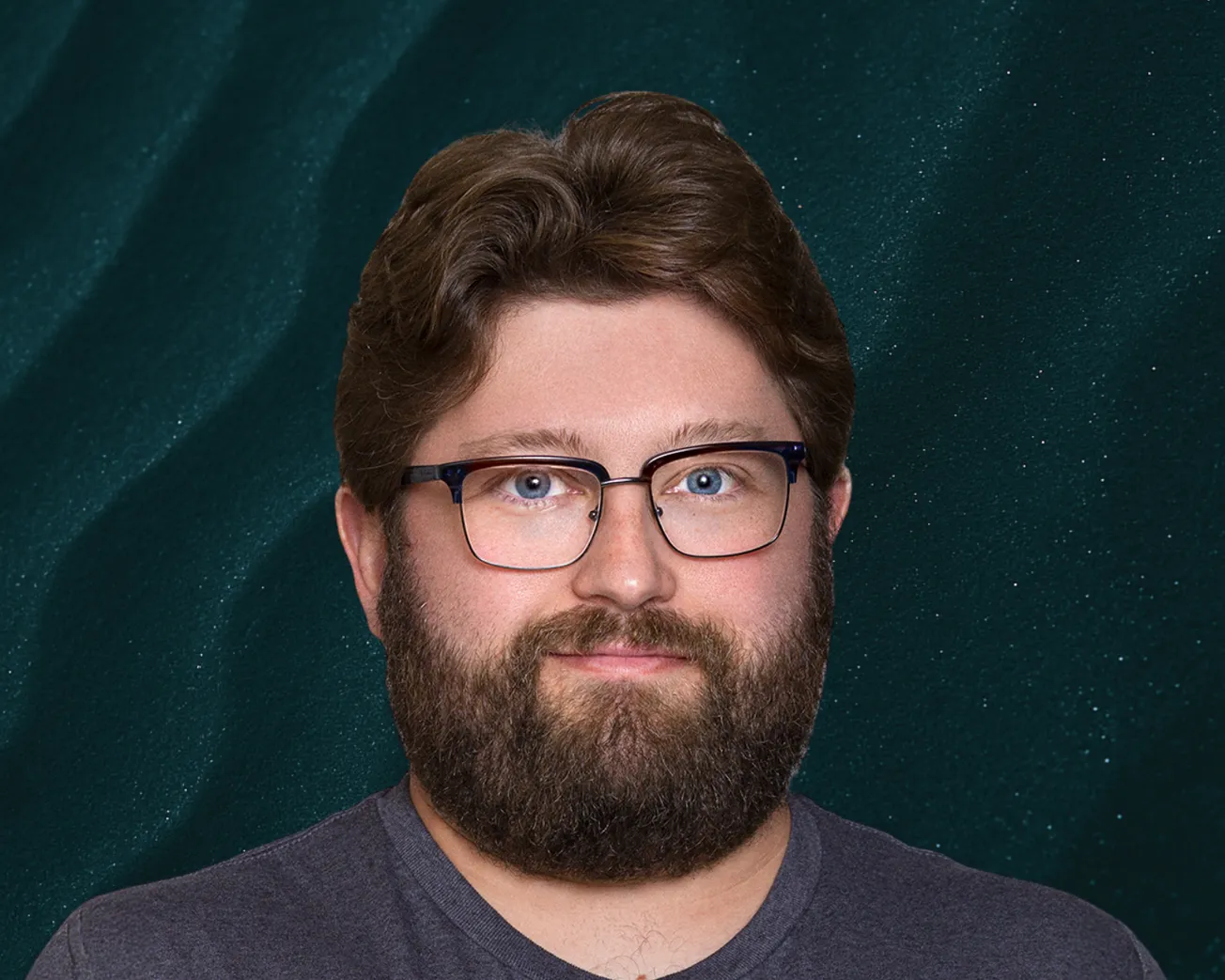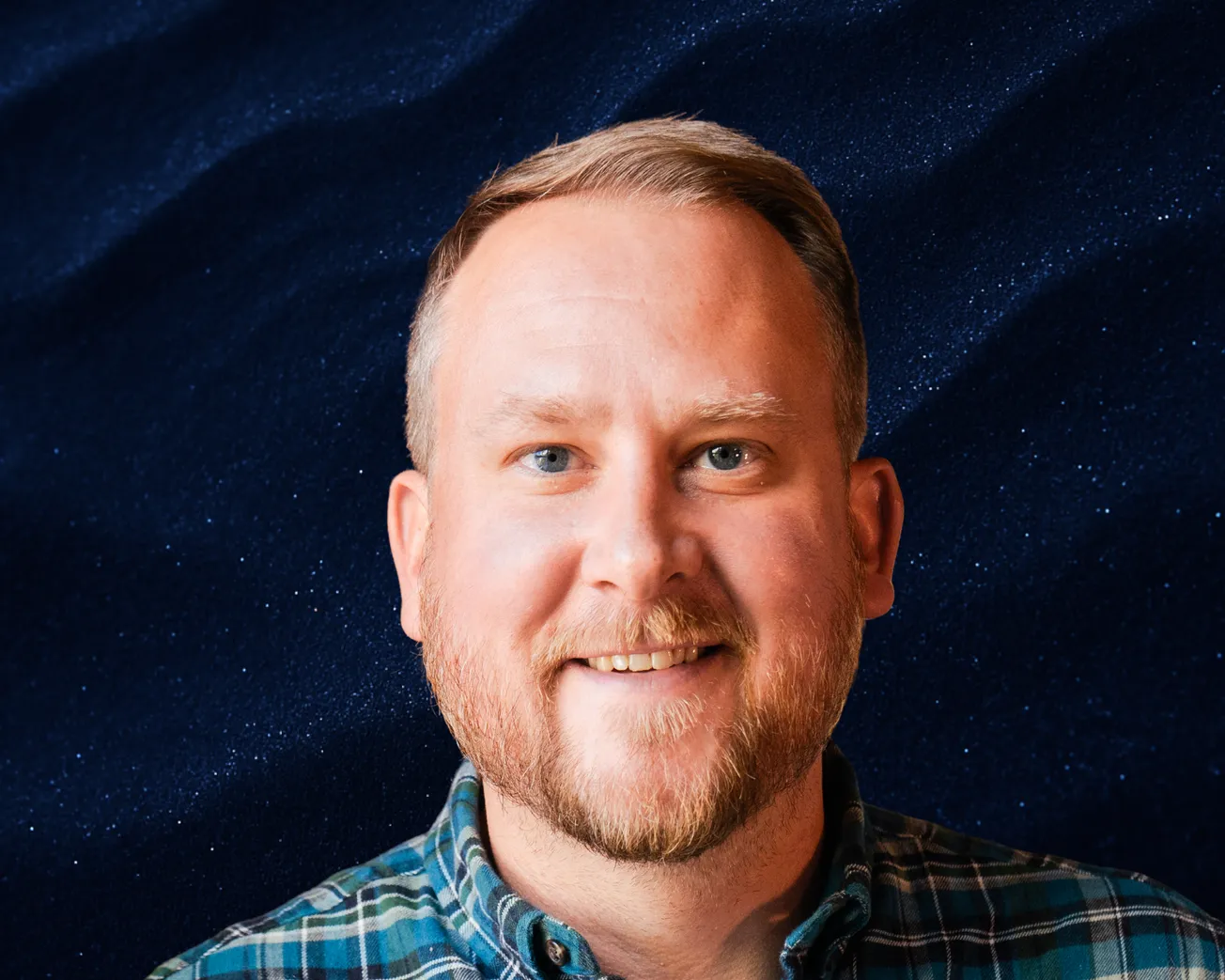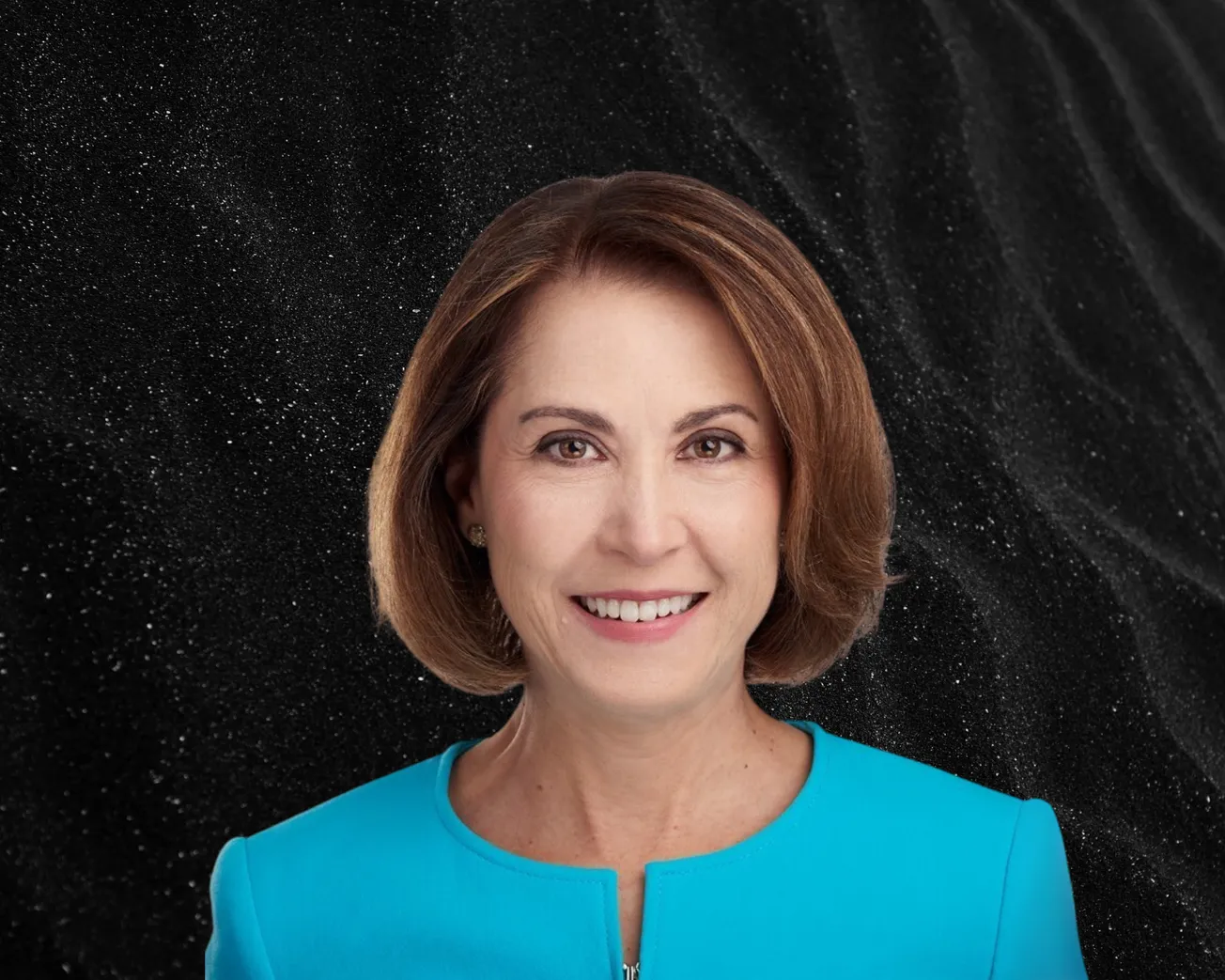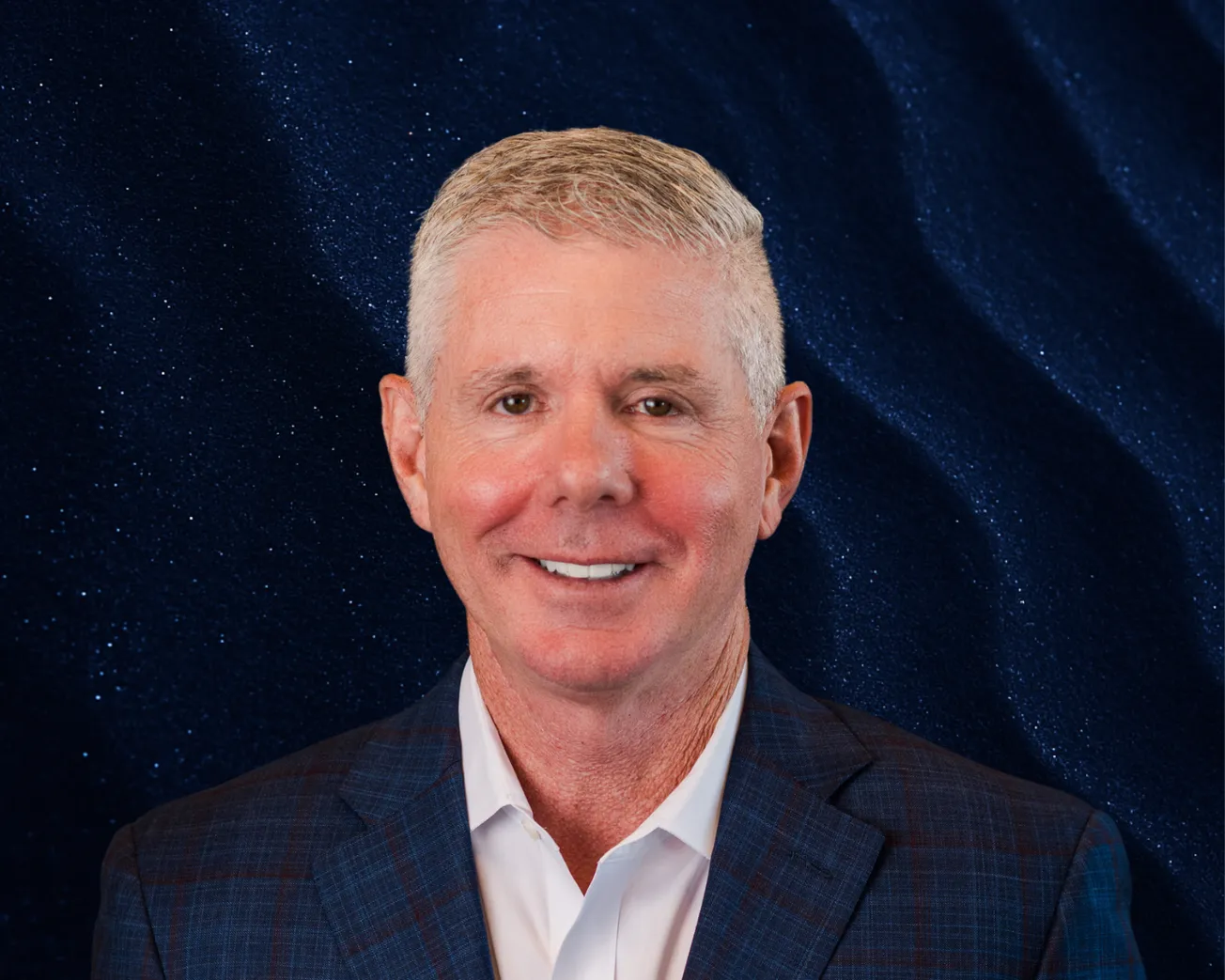Table of Contents
Richard Lu, CEO of SolarBank, sat down with Onyx for a feature-length interview.
Could you start by walking us through your career journey? What led you to become the CEO of SolarBank?
I’m actually a trained occupational physician. I spent many years in healthcare - not in a clinic - I always served in the major corporations. My area was occupational disease. I think, in London, you talk about coal lung and all those pneumonias and so on, right? I started by taking care of people because people have health needs.
But, as I moved forward with companies, I realized a lot of health issues are from the wider environment. So that’s where I gradually took on additional responsibilities in health, safety, and environment. Eventually, I became an executive in big companies, like Enbridge and Toronto Hydro.
Then I thought - sure, you can help people to be prepared to work in a suboptimal environment. But what if you could actually improve the environment? What is the cause of what? That led me straight into climate change, global warming, and the electricity sector. That’s how I started SolarBank. And, now, we’re a NASDAQ-listed company in New York under the symbol SUUN.
For those unfamiliar with SolarBank, what does the company do, and where are you heading next?
Fundamentally, SolarBank is a power company. We started by providing clean and renewable energy - solar photovoltaics, combined heat and power. We then expanded into battery storage, which is really very critical. I understand in the UK and Spain that it’s a focus. That’s the technology that gives resiliency to the electricity grid.
But our growth also rides on the wider economic context. The demand for electricity is really coming from the new digital economy. You're talking about data centers, AI, crypto - all of those things. So, from that perspective, that’s our business - to keep people’s lights on and to keep people connected.
Geographically, we focus on North America. I was running European operations before. Going forward, we will have an eye on the EU too. Technology-wise, as I mentioned, we’re in batteries. We’ve done combined heat and power; we understand geothermal; in the long term, we’re thinking, with the proliferation of SMRs (small modular reactors), we could consider that too.
From a customer perspective, we focus on distribution-level projects, as opposed to a lot of large-scale projects, connected to transmission lines that send electricity far down to urban centers. We meet local community needs. It’s more of a commercial and industrial, behind-the-meter, model.
We work for Honeywell and Fiera - those are pension funds or Fortune 100 companies. They have a need. So we’re there for them - either through net metering projects or virtual power purchase agreements. We are also planning to partner with large data center developers, and we would become the power partner of that development.
Power partner - that’s a striking phrase. Could you talk a bit about your decision to incorporate Bitcoin into your treasury strategy?
As soon as people hear "power," they go - oh yeah, utility people. We get a bill from the hydro company, or from the electric company, so we just pay it, right?
Because we’re in energy, we’ve traditionally been pigeonholed - as a solar company doing good for the environment. But, look, given the broader geopolitics going on, especially in North America, that’s not always seen in a positive light.
We are more than an environmentally responsible corporate citizen. Of course, we do good for the environment. But we are a corporation. We are here to create value for investors and stakeholders. While we’re taking care of the environment, of course, - but also providing value.
We are open to all forms of energy - solar, battery, CHP (combined heat and power), geothermal, even SMR - not only to keep the lights on, but also, more importantly, to keep people connected! And what’s fundamentally connecting people today? It’s IT infrastructure; artificial intelligence, data centers. And, yes, Web3, DeFi (decentralized finance) - all of that comes down to crypto.
So, we’re actually focusing on the power needs of the new digital economy. And what's the best way to do it? By learning their needs - by participating in that economy.
How are you doing that? What does that participation look like?
We announced that one of our 100 facilities is now dedicated to the crypto strategy. We’re learning how to better fit into the picture - because, as a utility person for 35 years in Canada, I’m certainly excited about learning how to operate in the virtual world!
In the old days, all the major companies issued corporate bonds. Bonds had value. You could cash them out, carry interest, and so on. Now, a company could issue “power coins” or power tokens? People are talking about securitizing assets - could we not tokenize those assets?
Those are developments we are watching closely. We want to make sure that energy is at the forefront of economic development. You know, in the next 10 years, electricity demand is going to increase by four times. So how do we meet that?
The balance is: there’s no change to the fundamentals - you still provide electrons - but the electrons, now, connect to people's digital needs.
What did you mean when you said one of your 100 facilities is dedicated to crypto?
We have 100 operating assets bringing in recurring revenue. We’ve dedicated one of them to the crypto strategy. All the net income from that solar farm goes into participating in the crypto world.
We could buy and hold coins; participate in power token trading; or enable blockchain activities, like staking. But, fundamentally, I’m a safe and reliable utility guy. I would not put 100% of anything on-chain, right now.
My shareholders gave me tens of millions of dollars. I can’t justify putting that on-chain and - boom - the chain disappears!
You don’t want to be the guy digging through a landfill for a hard drive.
Exactly!
Turning to US–Canada dynamics, how are you navigating the IRA and tariffs landscape?
We’re very fortunate to be a North America–focused company. We’re not only in the US, we actually started in Canada. Right now, we have $200 million of assets - most of them in Canada - producing recurring revenue.
We went to the States because it’s a market that’s ten times bigger, and we did well. We benefited from the Inflation Reduction Act. Even though technology has improved hugely - you can now do renewable energy at grid parity. These are still very policy-driven markets.
The production cost of solar, wind, and battery is now cheaper than traditional generation. But, because of geopolitics, our southern neighbor has different considerations, which we understand.
Currently, we have one gigawatt of projects in execution. We have a dozen construction sites going right now. So, these policy shifts may have more long-term impact on companies that are just starting out. They don’t affect us because we’re already building.
But we do realize that there are uncertainties. So, while we keep going in the States, we’re also taking advantage of nation-building activity in Canada.
In Nova Scotia, we have about 90% market share in the new community solar program. In Ontario, where we used to have 50%, we’re back. We’re developing three large-scale battery storage projects for the grid. We’re actively participating in the long-term procurement program.
In Alberta, we’re already building small generation projects for reputable pension funds, like Fiera. BC Hydro’s recently issued a call for power that we are looking at. So, yes, while the US goes through structural change, Canada is continuing with its reputation as an environmentally conscious country. For us, it’s almost like coming home - though we never really left.
How do you decide where to build and what kind of project to pursue?
We look at three segments: C&I (commercial and industrial), community solar, and large-scale projects.
We’re very strong in C&I. We’ve got thousands of buildings and sites. Community solar - that’s where our heart is. We want to make sure everyone can participate. We’re a leader in Canada’s community solar program, drawing from our years of experience in the US.
The Ontario government has also announced LT2 (long-term 2) procurement - we’re talking hundreds of megawatts. The company has participated in past Ontario procurement initiatives and is evaluating this one. So, short-term: materialize the C&I sites. Mid-term: scale community solar in Nova Scotia. Long-term: execute large-scale, grid-connected, projects, starting in 2027.
Are you focused more on strengthening existing relationships or finding new partners?
The utility space isn’t somewhere everyone can survive in. My first project in Canada was in 2003. So I’ve been in this thing for 22 years now.
I’ve worked at Enbridge, Toronto Hydro - I understand oil and gas, I understand power. Because of that, we have a lot of recognition in Canada. So we’ll always go where we’ve done good work. Word of mouth brings in new customers.
But, for new provinces, like Manitoba or New Brunswick, that’s local, state-level, policy-driven. We’re here to support the initiatives. Especially now, with what I call Mark Carney’s call for the nation - “Build, baby, build” - versus “Drill, baby, drill”, down south. So, we’ll go wherever he wants to build.
You’ve gone from startup to being listed on the NASDAQ. Any leadership lessons you’d pass on to others in the sustainability space?
That’s a very philosophical question. Everyone has their opinions. But I’m proud that, as a small startup, we were able to safely, reliably, and sustainably bring the company to where it is today.
To me, leadership comes down to two things: people and execution.
Our core team is stable - people have been with me for over 10 years. We emphasize speed and simplicity. Everyone knows where the company is going, so we can align their individual purposes with the company’s.
We support them financially. Every project must be independently profitable and low in volatility. That’s why we do well with government procurement. Utilities are long-term. You put tens of millions in the field - that money stays there for 35 years. We build on sustainability.
And execution is key. We’re a very flat organization. Only three layers: executives, management, and everyone else. My door’s always open. People want to be recognized and realize their potential. That’s what we’re here for.
